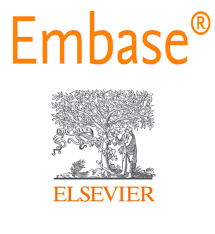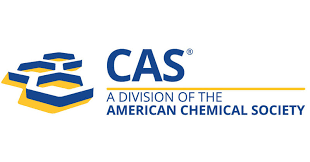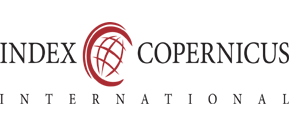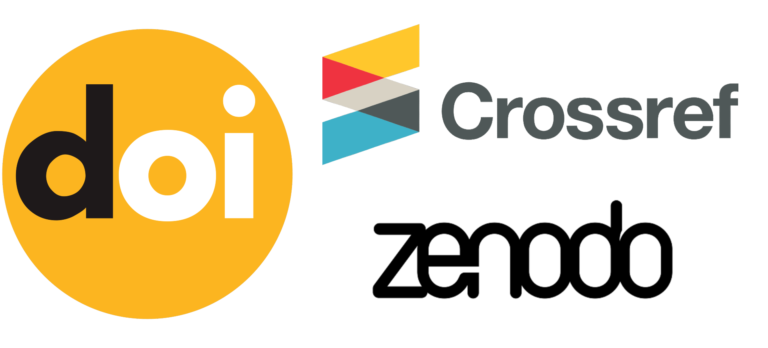COMPARATIVE STUDY OF EFFICACY AND SAFETY OF ORAL VS. TOPICAL ANTIBIOTICS IN THE TREATMENT OF IMPETIGO
Keywords:
Impetigo, Topical antibiotics, Oral antibiotics, Mupirocin, Cephalexin, Efficacy, SafetyAbstract
Background: Impetigo is a common superficial bacterial skin infection, primarily
affecting children. Treatment typically involves topical or oral antibiotics, but their
comparative effectiveness and safety remain a subject of clinical interest.
Objectives: To compare the efficacy, safety, and patient satisfaction of topical versus
oral antibiotics in the treatment of impetigo.
Methods: A prospective, comparative study was conducted over 12 months at Sri
Siddhartha Medical College involving 100 patients clinically diagnosed with
impetigo. Patients were randomized into two groups: Group A received topical
antibiotics (e.g., mupirocin or fusidic acid) and Group B received oral antibiotics
(e.g., cephalexin or azithromycin), each for 7 days. Outcomes were assessed on Day
3, Day 7, and Day 14 based on clinical improvement, adverse effects, recurrence, and
patient-reported satisfaction.
Results: Non-bullous impetigo was the predominant type (82%). Excellent clinical
response was observed in 70% of the topical group and 64% of the oral group (p =
0.52). Adverse effects were fewer in the topical group (6%) compared to the oral
group (16%). Recurrence was low and comparable in both groups (4% vs. 6%).
Patient satisfaction was higher in the topical group.
Conclusion: Topical antibiotics are as effective as oral antibiotics for treating mild to
moderate impetigo, with fewer side effects and greater patient satisfaction. They
should be considered the preferred first-line treatment in uncomplicated cases.
.png)









